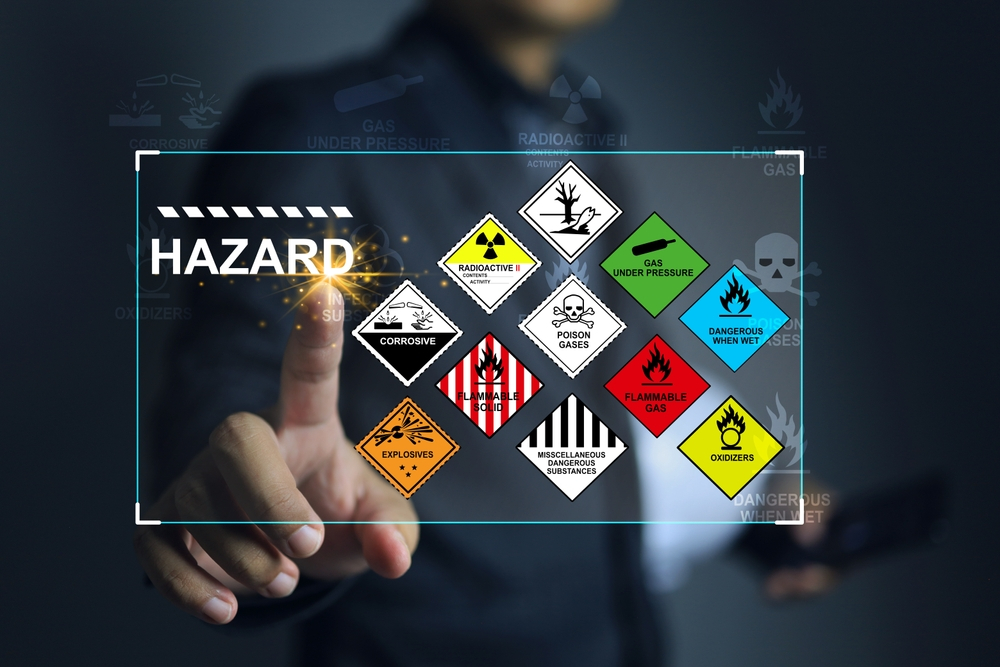Nationally Accredited Training in Hazardous Area Classification and Design
Nationally Accredited Training in Hazardous Area Classification and Design
Apr 07, 2024

Training in Hazardous Area Classification (HAC) and Design typically covers identifying, assessing, and mitigating the risks associated with potentially explosive atmospheres in industrial settings. HAC and Design training includes:
1. Introduction to Hazardous Areas:
Understanding the concept of hazardous areas and the potential risks involved. Overview of relevant regulations and standards (e.g., NEC, IECEx, ATEX).
2. Classification of Hazardous Areas:
Learning how to classify hazardous areas based on flammable gases, vapours, liquids, combustible dust, etc. Understanding zoning systems and area classification methods (e.g., IEC 60079 series).
3. Properties of Flammable Substances:
Understanding the properties of different flammable substances, such as their Lower Explosive Limit (LEL) and Upper Explosive Limit (UEL). Recognising the factors influencing the ignition and propagation of fires and explosions.
4. Equipment Selection and Protection:
Learning about equipment suitable for hazardous areas, including explosion-proof, flameproof, intrinsically safe, and increased safety equipment. Understanding the principles behind different methods of protection (e.g., containment, segregation, prevention of ignition sources).
5. Electrical Installations:
Guidelines for designing and installing electrical systems in hazardous areas (EEHA). Understanding the requirements for cable glands, conduit systems, and equipment enclosures.
6. Intrinsic Safety:
Considerations for selecting and installing instrumentation and control systems in hazardous environments. Principles of intrinsic safety and other protection techniques for instrumentation.
7. Safety Practices and Procedures:
Implementing safe work practices in hazardous areas, including permit-to-work systems, hot work procedures, and emergency response protocols. Understanding the importance of proper maintenance and inspection of equipment in hazardous areas.
8. HAC Case Studies and Practical Exercises:
Analysing real-world case studies to understand the implications of incorrect area classification and design. Participating in practical exercises reinforces learning and develops hazard identification and risk assessment skills.
9. Certification and Compliance:
Overview of certification requirements for equipment intended for use in hazardous areas. Ensuring compliance with relevant regulations and standards to maintain a safe working environment.
PMV offers 5 Days of face-to-face training in Perth and Adelaide for Hazardous Area Classification and Design in Dust and Gas atmospheres. Training programs can be contextualised on the specific needs of participants and the complexity of the industries involved. PMV trainers are qualified industry-experienced trainers currently practising in chemical, mineral processing and oil and gas facilities.
Recent Post
Jul 29, 2024

